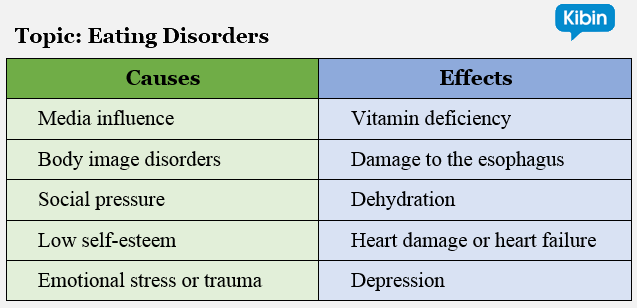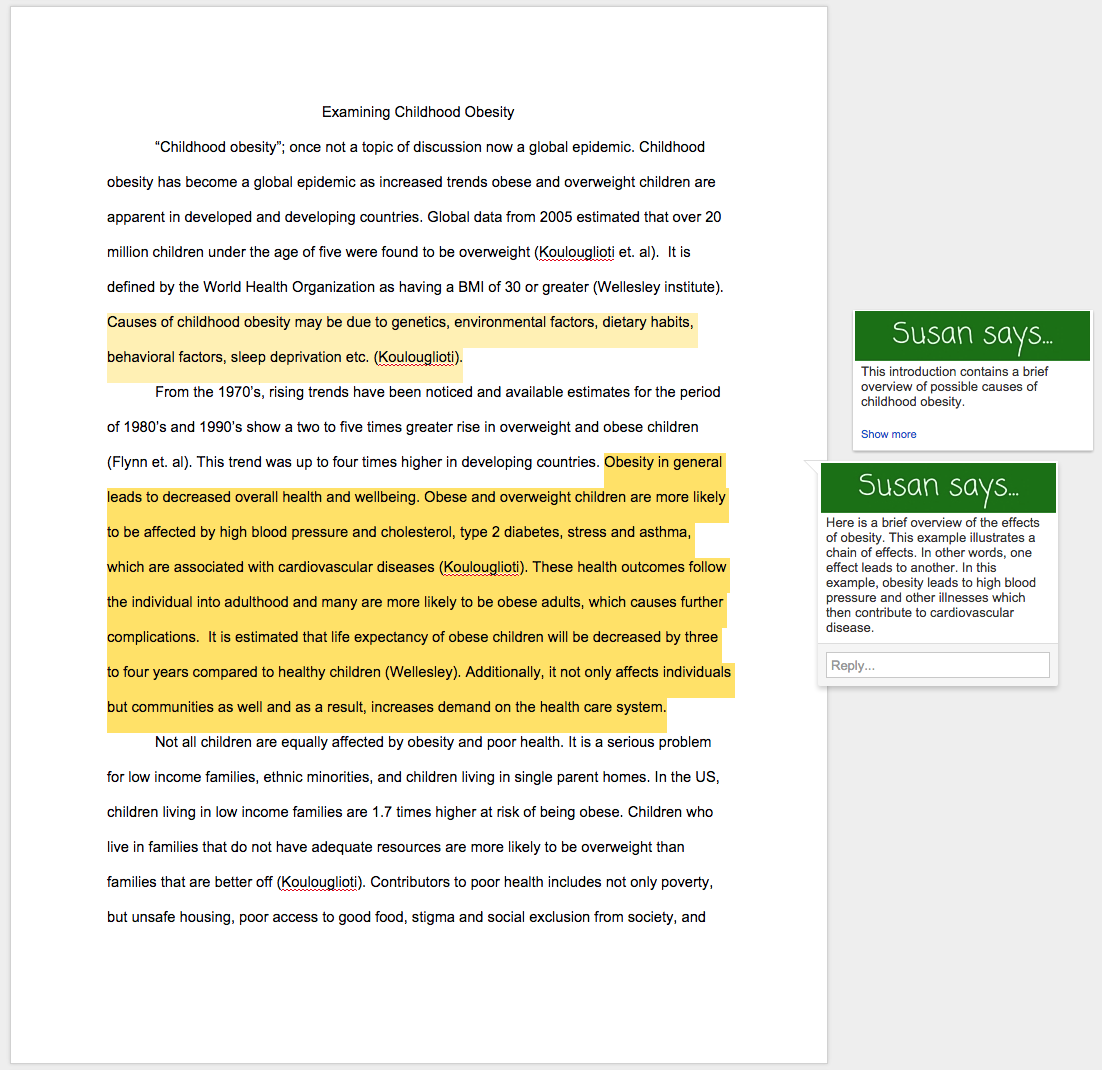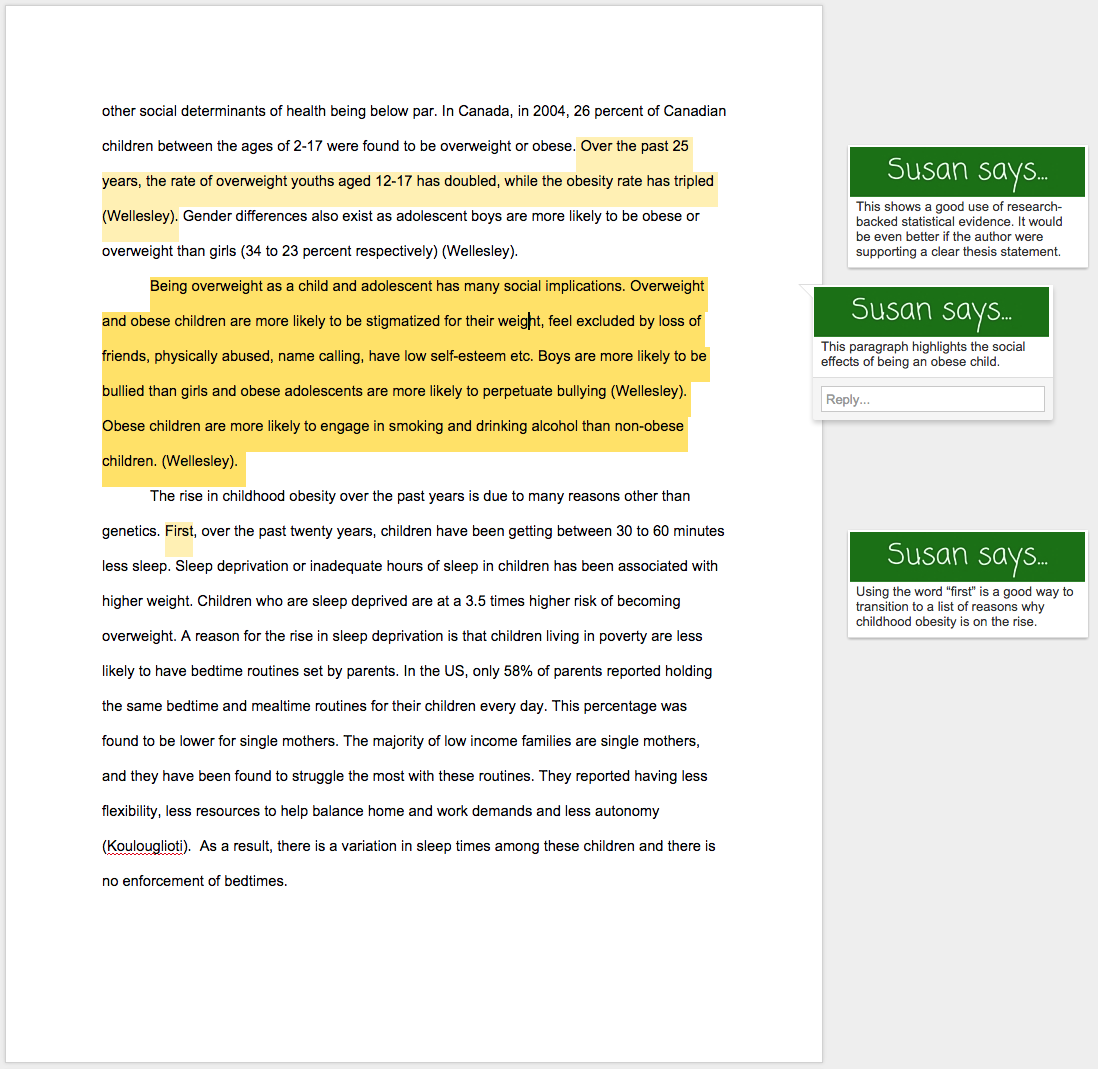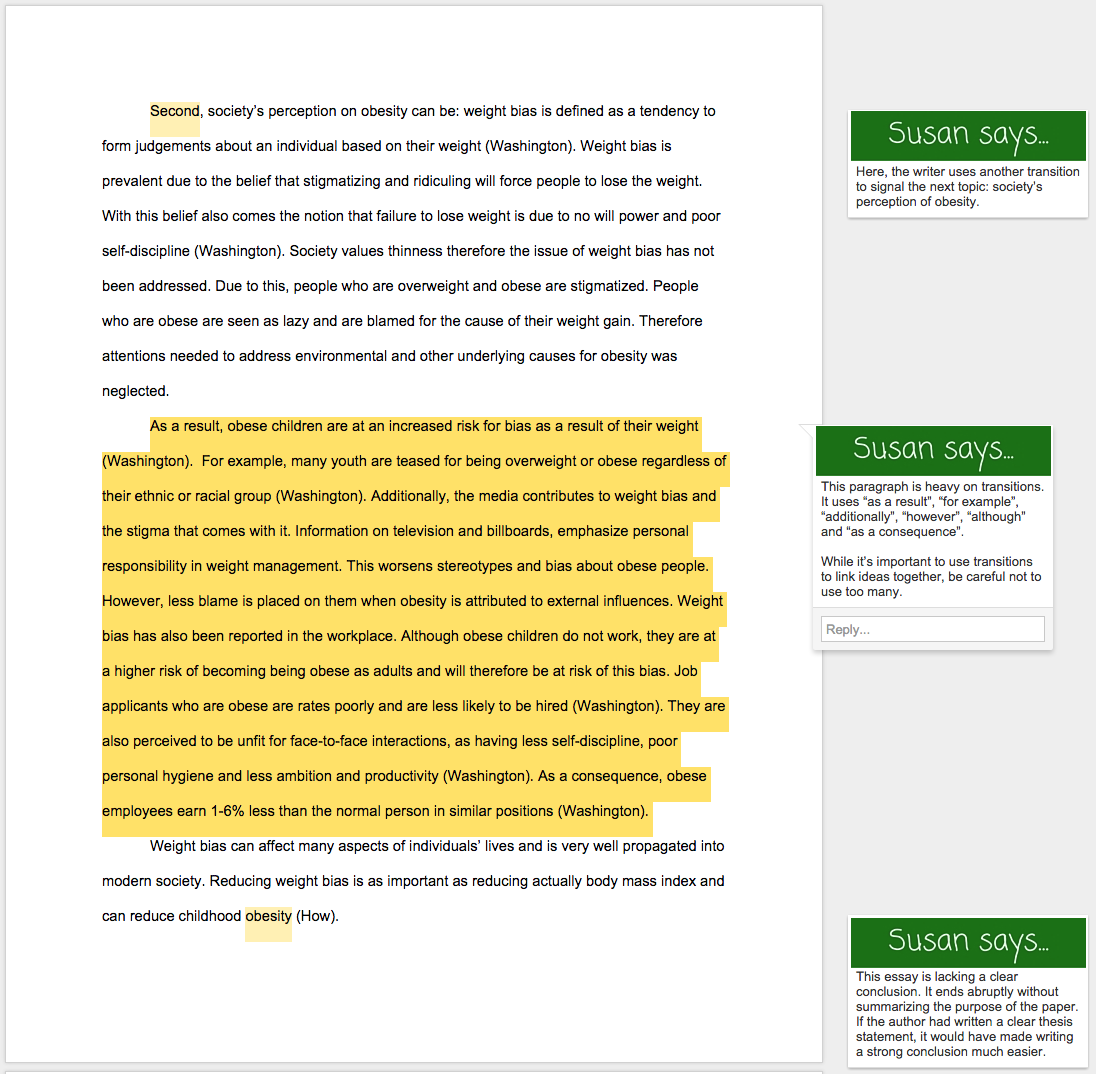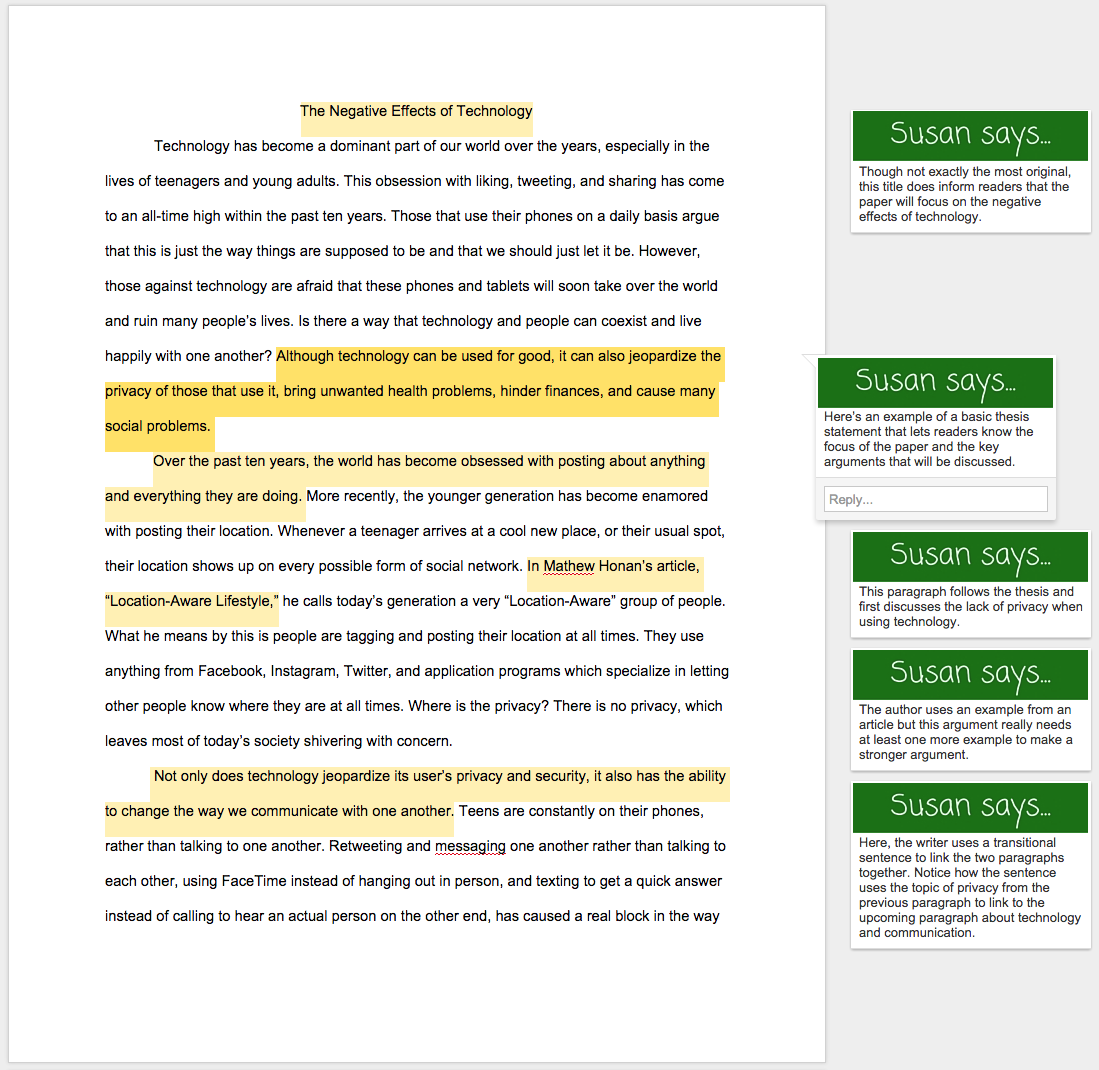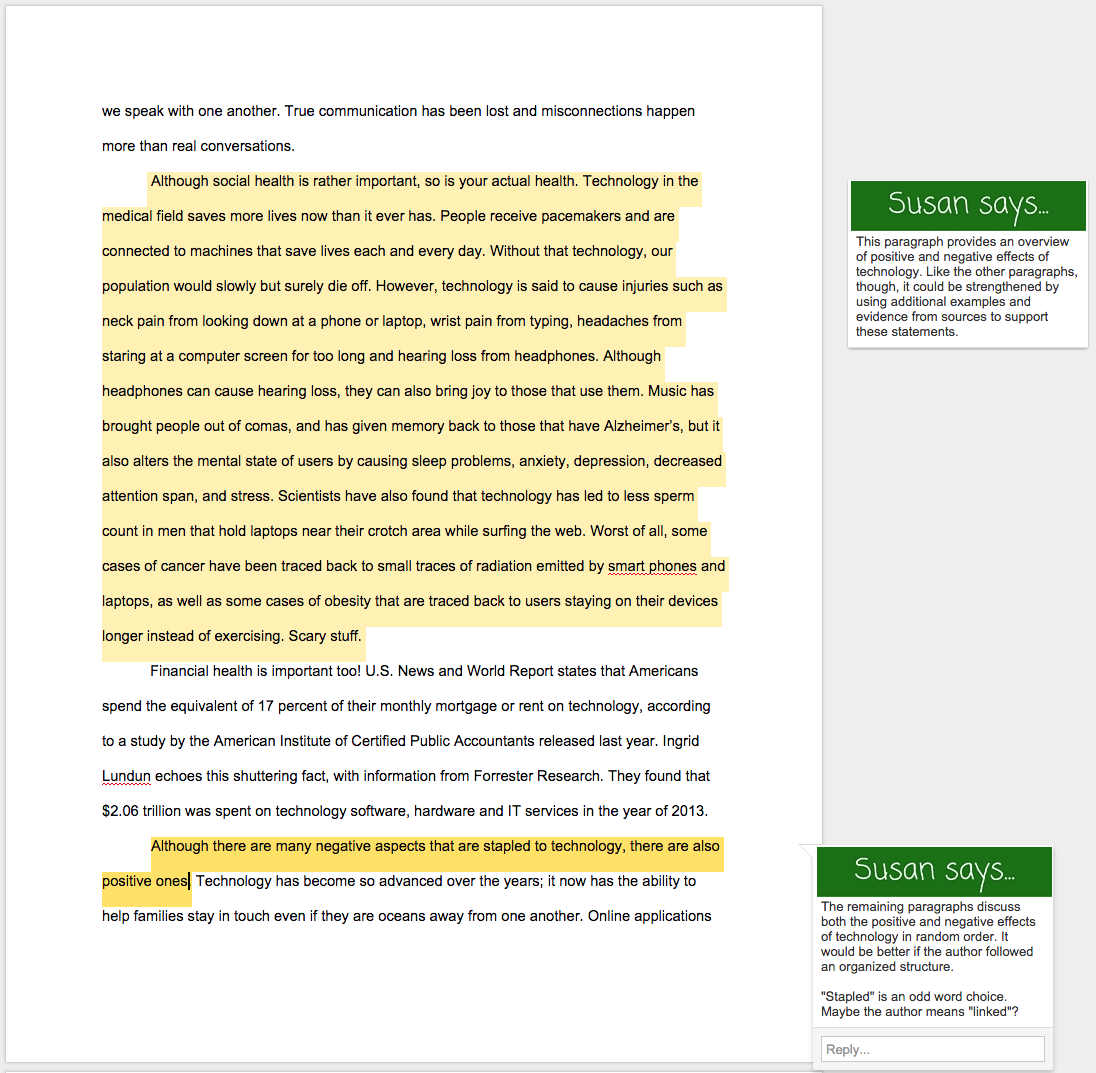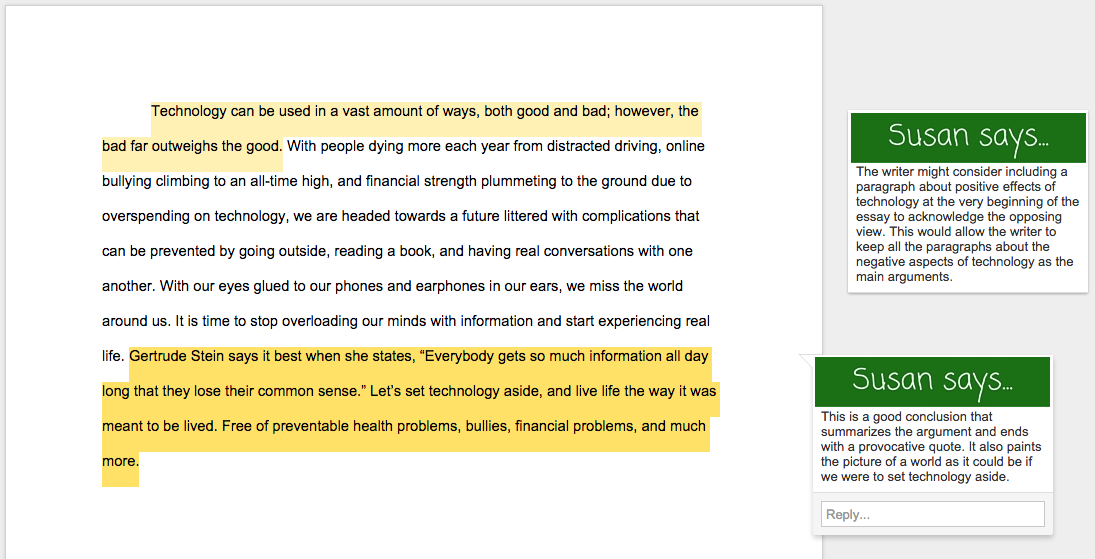Remember when that annoying light came on while you were driving home last night? Turns out it really did serve a purpose—to tell you one of your tires was low.
Unfortunately, you ignored the warning light. Unfortunately, you missed class because of your flat tire this morning. Because you missed class, you failed a quiz.
This is a perfect example of cause and effect.
The problem: Another light appeared on your dashboard.
The cause: Low air pressure in a tire.
The effects: You missed class. Because you missed class, you didn’t realize there would be a quiz next week, and you failed the quiz.
Writing an effective cause and effect essay isn’t that different from the facts of this scenario. You’ll outline the causes, the effects, or both the causes and effects of a specific problem or issue.
To better illustrate this, let’s take a look at the basics of this essay type before we dive into two cause and effect essay examples.
Basic Training: Cause and Effect Essays

In order to understand how to write a good cause and effect essay, you need to know four basic points.
#1 Know the purpose of the assignment
In order to write an effective essay, you need to follow your professor’s guidelines.
If your topic is childhood obesity, are you supposed to write about the causes, the effects, or about both the causes and effects of childhood obesity?
Paying attention to guidelines really does make a difference in your grade! Know what you’re supposed to be writing before you begin.
#2 Draft a thesis statement
The thesis statement will establish the focus for your paper. In a cause and effect essay, your thesis should let readers know if you’re writing about causes, effects, or both.
Check out these examples:
Thesis statements about obesity might look like one of these.
If the focus of your paper is the causes of obesity, your thesis statement might be something like this:
Children today are increasingly overweight primarily due to overconsumption of highly processed foods.
If the focus of your paper is the effects of obesity, your thesis statement might be something like this:
The recent increase in childhood obesity has resulted in children suffering from numerous health problems, including high blood pressure, elevated cholesterol, and an increased risk of cardiovascular disease.
If the focus of your paper is both causes and effects of obesity, your thesis statement might be something like this:
Due to overconsumption of highly processed foods, childhood obesity is becoming epidemic and leaving children with numerous health problems, such as high blood pressure, elevated cholesterol, and increased risk of cardiovascular disease.
#3 Organize evidence
If you start writing with a jumbled mess of thoughts in your head, your paper is likely going to end up a jumbled mess.
Organize your ideas by starting with a simple chart like this (fancy colors optional, of course). It’s a quick way to list information before you actually begin writing.
You may not end up using all of the causes and effects listed in your chart. But by listing as many as you can think of, you’ll be able to choose the best options for your paper.
#4 Use transitions
Readers need to be able to see how you’re connecting ideas. Move from one idea to the next by using the right transitions and transition sentences.
Here’s a list of transitions you might use in your own cause and effect paper:
- due to
- since
- because
- if…then
- consequently
- as a result
- therefore
- so
- thus
And for nearly endless transitional possibilities, check out 97 Transition Words for Essays You Need to Know.
With basic training complete, let’s take a look at two cause and effect essay examples. Then you can see what these elements look like in an actual paper.
2 Cause and Effect Essay Examples That Will Cause a Stir
Essay Example #1: Examining Childhood Obesity
This essay causes a stir not because it’s an amazing paper but because it’s still in need of some revision.
It’s a good start to a cause and effect essay but struggles to get it right.
The essay does provide an overview of the topic, lists causes and effects, and uses transitions. But it has its share of concerns too.
One of the key problems in the introductions is the lack of a thesis statement. At the end of the first paragraph, it does have a broad overview. However, it lacks the specificity of a strong thesis statement.
The body of the paper struggles with organization. It does includes a lot of ideas and research. But it doesn’t quite organize and develop them.
While the paper uses transitions to link ideas, it goes overboard. It includes transitions to link lists of statements rather than introduce fully developed arguments.
Finally, the conclusion is almost non-existent. A Works Cited is also missing.
Hopefully that helps you avoid some of these issues in your own essay. Now let’s dive into the second of our two cause and effect essay examples.
Essay Example #2: The Negative Effects of Technology

Though this paper struggles a bit with organization, it does include a clear thesis, use of transitions to link ideas, and a basic discussion of the negative effects of technology.
Note that this paper uses evidence from sources to support ideas but doesn’t always use proper in-text citations and does not include a Works Cited. Both of these are required in MLA format.
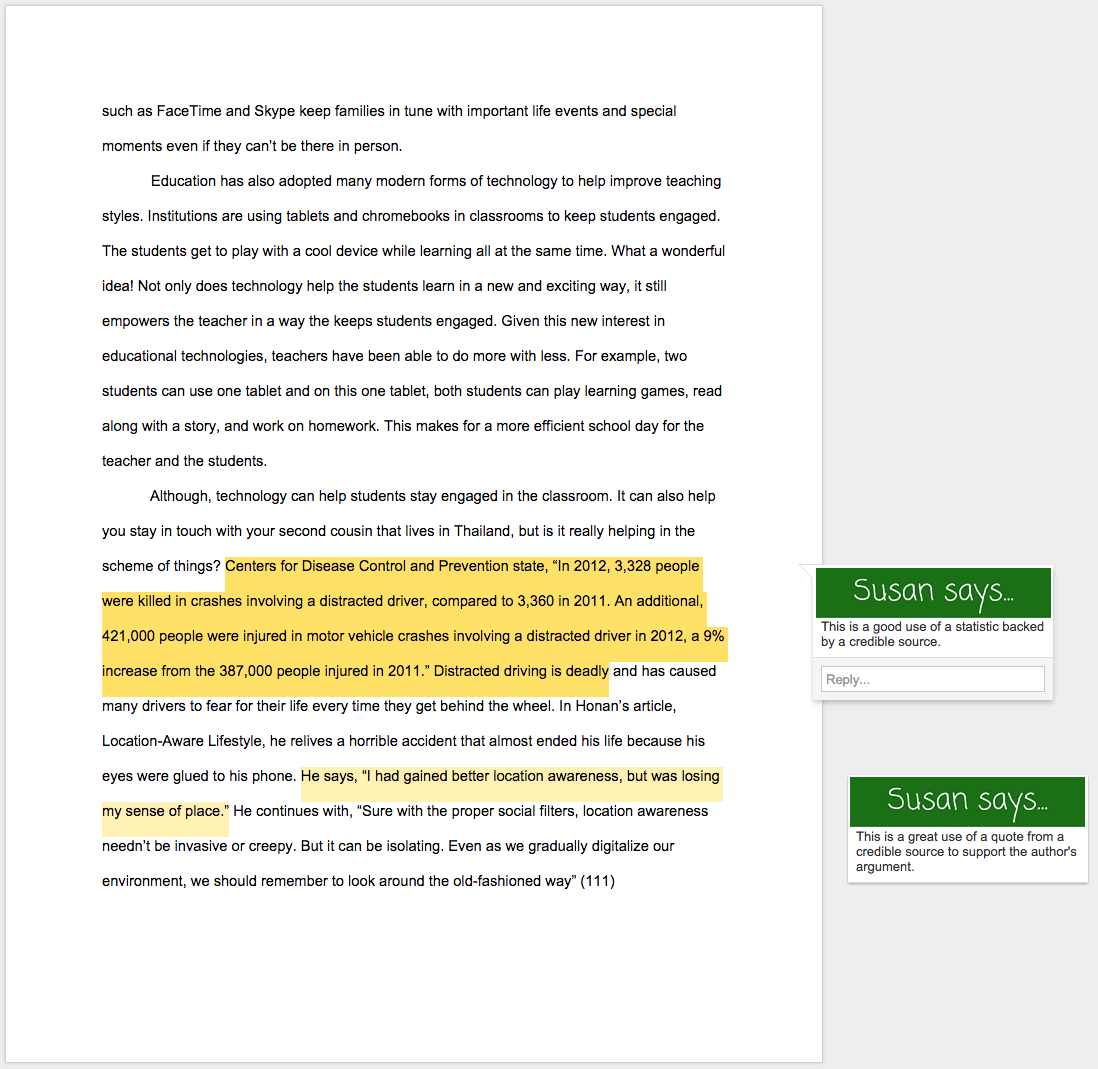
Training Complete
Congratulations! Your basic training using cause and effect essay examples is complete.
Now that you know the basic components of a cause and effect essay and can spot them in a sample essay, it’s time to put pen to paper (or fingers to keyboard).
Remember the weak elements in the cause and effect essay examples as you write your own essay to make yours shine.
If you’ve drafted some causes and effects to your topic but are stumped as to how to put them into essay format, try outlining. (Read How to Write a 5-Paragraph Essay Outline.)
After you’ve outlined and have a complete draft, send your paper to a Kibin editor to make sure your paper is in good shape!
